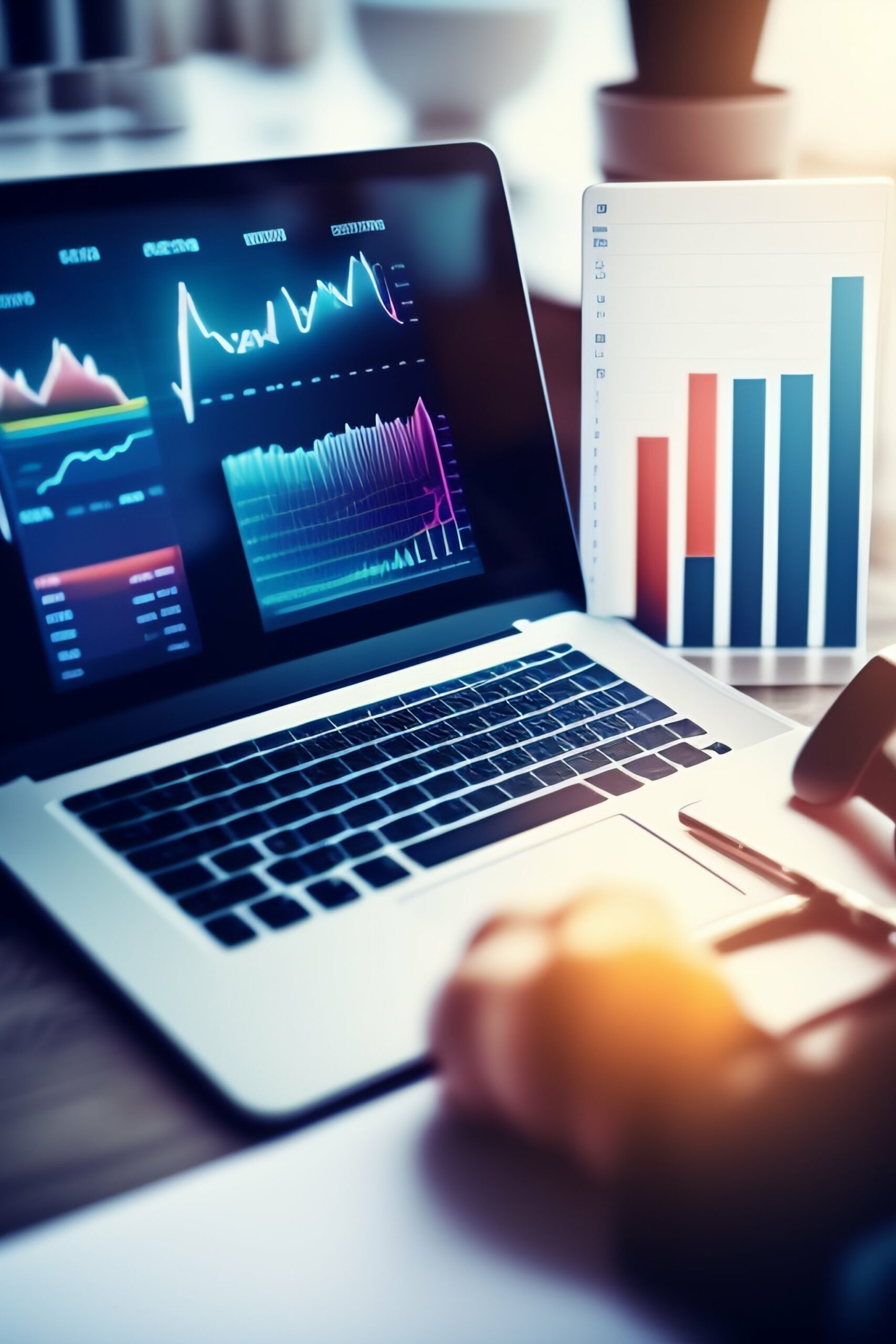When it comes to running a successful business, understanding the impact of capital structure is essential. Capital structure is the mix of debt and equity that a company uses to finance its operations. It is important to understand how capital structure affects the cost of capital, the risk of the business, and the return on investment.
The cost of capital is the cost of borrowing money or raising equity to finance a business. The cost of capital is affected by the capital structure of the business. If a business has a high debt-to-equity ratio, it will have a higher cost of capital because lenders will charge higher interest rates to compensate for the higher risk. On the other hand, if a business has a low debt-to-equity ratio, it will have a lower cost of capital because lenders will charge lower interest rates.
The risk of the business is also affected by the capital structure. A business with a high debt-to-equity ratio is more risky because it is more leveraged and has a higher chance of defaulting on its debt. On the other hand, a business with a low debt-to-equity ratio is less risky because it is less leveraged and has a lower chance of defaulting on its debt.
Finally, the return on investment is affected by the capital structure. A business with a high debt-to-equity ratio will have a lower return on investment because the interest payments on the debt will reduce the amount of money available for investment. On the other hand, a business with a low debt-to-equity ratio will have a higher return on investment because more money is available for investment.
Understanding the impact of capital structure on your business is essential for success. It is important to consider the cost of capital, the risk of the business, and the return on investment when deciding on the optimal capital structure for your business. By doing so, you can ensure that your business is well-positioned to succeed in the long-term.






